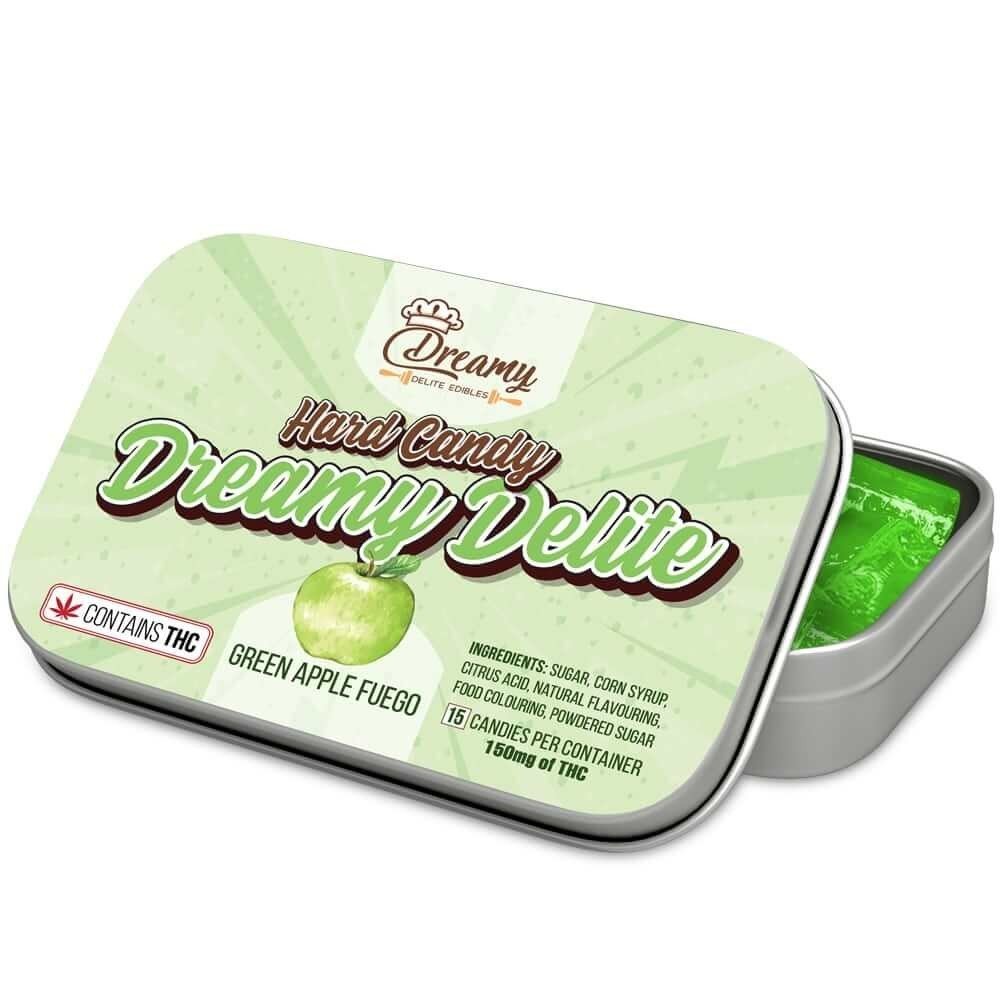
views
What equipment and materials are used in the bronzing process in printing?
What equipment and materials are used in the bronzing process in printing?
In packaging box printing, hot stamping is a relatively common technology. Hot stamping is also used for hot stamping. The substrates for hot stamping include general paper, gold, silver ink and other ink printing paper, and plastics (PK, PP, PVC, engineering plastics) Such as ABS, etc.), leather, wood and other special materials. With the application of high-tech in hot stamping, the hot stamping process is developing in a deeper and wider direction. If applied to most products (including hot stamping on gold cards, silver cards, laser cards and glass cards), a wide range of ordinary gold and laser gold hot stamping are used. Used in high-end commodity packaging, positioning holographic hot stamping with a certain anti-counterfeiting effect.
Hot stamping mainly uses heat and pressure to transfer patterns or text to the surface of the hot stamped material. This process is completed by the hot stamping machine heating the template (such as zinc plate, copper plate, etc.) with special text or patterns to a certain temperature and the pressure required to ensure the complete transfer of the hot stamping foil. And keep the corresponding time. For hot stamping of different materials, different types of electrochemical aluminum foil should be selected, and the appropriate temperature, pressure, and stamping time should be adjusted and controlled during the operation. Only in this way can the ideal stamping effect be guaranteed. The equipment and materials used in the bronzing process are mainly as follows. The following China printing company will introduce to you :
1. Hot stamping machine
At present, the commonly used hot stamping machines mainly include: 6-station machine (suitable for all kinds of round surface, irregular whole surface, line, transfer, etc.), 8-station machine (suitable for all kinds of round surface, line ironing and Transfer, etc.), flat ironing machines and hot stamping machines (mainly used for hot stamping graphics and text on flat products), round hot stamping machines (including double round machines, used for hot stamping graphics and text on round substrates), shaped machines (It can be used to hot stamp the whole surface, lines and other graphics of various irregular products) and so on. The selection of bronzing equipment is a key factor in determining the quality of bronzing.
2. Hot stamping version
High-quality bronzing version is the primary factor to ensure the quality of bronzing. At present, the production of hot stamping plates mainly adopts photographic corrosion technology and electronic engraving technology, and the materials are usually copper plate or zinc plate. The material of the copper plate is exquisite, and the surface finish and heat transfer effect are better than that of the zinc plate. The use of high-quality copper plate can improve the gloss of the bronzing graphic and the definition of the outline. The traditional photographic corrosion technology is simple and low-cost to make hot stamping plates. It is mainly used for text, thick lines, and general images; for finer, uneven thickness of pictures and texts, the hot stamping plate needs to be rotted twice or electric engraving technology. The hot stamping plate produced by electric engraving can express rich and delicate level changes, which greatly expands the packaging performance ability. This process is conducive to environmental protection. However, the investment in electric engraving equipment is relatively large, and the current engraving depth is not ideal enough, and it is easy to cause "stuffed plates" in bronzing.
The holographic anti-counterfeiting hot stamping plate has high technical requirements. Previously, it was mainly produced in Taiwan or abroad, and the plate-making cycle was long, and it was only used for the packaging of fixed, large-volume products. The hot stamping version is mainly made of the following materials: Silicone version (rubber wheel): suitable for general plastic shell, thickness is generally 1.5 mm, applicable temperature is 180℃~380℃; copper version: suitable for large and deep stamping, more durable , The applicable temperature is 120℃~280℃. Zinc plate: not resistant to high temperature and high pressure, applicable temperature is 120℃~150℃. In addition, there are steel version, magnesium alloy version, etc., which have been basically eliminated.
3. Hot stamping foil
Hot stamping foil refers to anodized aluminum hot stamping foil, which is the main material for hot stamping. The thickness of the hot stamping foil is generally 6 micrometers to 35 micrometers, and 12 micrometers are generally used. The graphics and texts of the thin foil are clearer, and the fonts will be blurred when the thick foil is hot stamped. The basic structure of the hot stamping foil is a base film layer, an alcohol-soluble dyed resin layer, an aluminized layer, and an adhesive layer. Can be roughly divided into two thin-layer parts of the polyester film substrate and the transfer layer. During hot stamping, the hot stamping foil is in contact with the substrate, and the transfer layer is fused and transferred to the surface of the printing part by the action of heat and pressure. After the hot stamping is completed, the polyester film and the parts that have not been transferred are fused together.
Hot stamping foil can be divided into general type (usually used for ABS, PVC, PS, PC), special type (PP colored foil, generally used for PP, PE) and common type (applicable for ABS, PP, the temperature resistance of this foil better). There are two types of hot stamping foil: roll foil and sheet foil. Rolled foil can be divided into different models according to the ironing material, mainly No. 1, No. 8, No. 12, No. 15, No. 18 and general type, etc., such as gold, silver, brown red, light according to its color Blue, black, red, green, etc.












Comments
0 comment